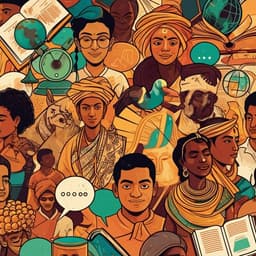
The Arts
Cultural Semiotics in Nezha Naohai (1979): Daoism, Buddhism, and the Construction of Chinese National Style
A. Name
Discover how the 1979 film *Nezha Naohai* ingeniously interweaves Daoist and Buddhist philosophies to shape a unique Chinese national identity. This research by Author Name reveals intriguing insights into the film's celestial visuals and character designs of the Four Dragon Kings.
Playback language: English
Related Publications
Explore these studies to deepen your understanding of the subject.







